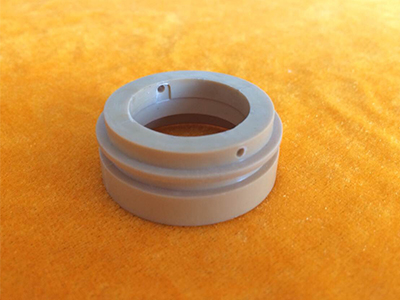Dalian injection molding is a method of cooling and consolidation molding by pressing hot-melt plastic into metal model Du under pressure, also known as injection molding or injection molding. Injection molding has short production cycle and almost no post-treatment. It can form plastic products with complex shape and accurate size at one time. It has high production efficiency and easy to realize automatic operation. It is suitable for the molding production of external packaging of household appliances and office automation equipment.
But molding equipment and molds are more expensive. Heat the material to the flowing (plasticizing) state in the barrel, then inject it into the mold with high pressure to cool, solidify or harden it, and then open the mold to take out the molded product. The specific operation steps of this method are: mold closing, material injection, pressure maintaining, cooling (during this period, heat, plasticize and measure the next injection material in the barrel), mold opening Take out the molded product and carry out the next injection molding operation.
The cracking residual stress caused by residual stress is mainly caused by the following three conditions, namely, over filling, demoulding and pushing out and metal inserts. As for the crack caused by excessive filling, the solution can be mainly started from the following aspects: due to the small pressure loss of the straight gate, if the crack mainly occurs near the straight gate, the multi-point distribution point gate, side gate and handle gate can be considered.
As long as you carefully observe the location of the crack, you can determine the cause. When metal parts are embedded during injection molding, it is easy to produce stress, and it is easy to crack after a period of time. This is mainly because the thermal expansion coefficients of metal and resin are very different, resulting in stress, and with the passage of time, the stress exceeds the strength of the gradually deteriorating resin material to produce cracks. In order to prevent the resulting cracking, as a rule of thumb, universal polystyrene with a wall thickness of 7 "and the outer diameter of embedded metal parts is basically not suitable for adding inlays.







